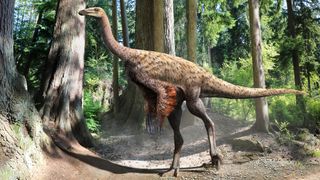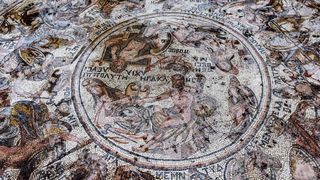
Laura Geggel
Laura is the managing editor at Live Science. She also runs the archaeology section and the Life's Little Mysteries series. Her work has appeared in The New York Times, Scholastic, Popular Science and Spectrum, a site on autism research. She has won multiple awards from the Society of Professional Journalists and the Washington Newspaper Publishers Association for her reporting at a weekly newspaper near Seattle. Laura holds a bachelor's degree in English literature and psychology from Washington University in St. Louis and a master's degree in science writing from NYU.
Latest articles by Laura Geggel
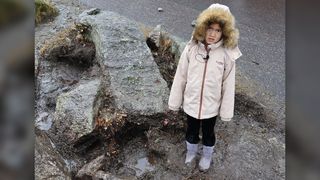
8-year-old girl unearths Stone Age dagger by her school in Norway
By Laura Geggel published
An 8-year-old girl discovered a Stone Age dagger when she was playing outside her school in Norway.

Fusion power key to Earth's survival, says Bill Nye in exclusive interview
By Laura Geggel published
Bill Nye the Science Guy talks about what he would get our planet for Earth Day and "evidence-based optimism" in light of his latest show, "The End is Nye."

Chernobyl: The world's worst nuclear disaster
By Marc Lallanilla published
The Chernobyl Nuclear Power Plant explosion resulted in the most horrific nuclear disaster in the world.

6 incredible egg facts, just in time for Easter
By Laura Geggel published
Bird eggs are so diverse, so which are the largest and smallest, and how do they get their colors?
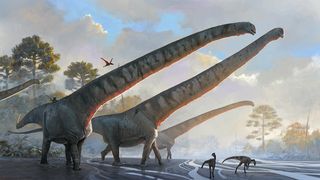
Longest dinosaur neck ever stretched further than a school bus at 49 feet long
By Laura Geggel published
By comparing the few known bones of the sauropod Mamenchisaurus sinocanadorum with its relatives, experts have extrapolated its tremendous neck length.

New Moai statue that 'deified ancestors' found on Easter Island
By Laura Geggel published
A newly discovered Moai statue on Easter Island has been found buried in a dried up lake bed.

Ovarian cancer: Symptoms, diagnosis and treatment
By Laura Geggel last updated
Ovarian cancer occurs when abnormal cells in the ovaries or fallopian tubes grow and multiply out of control.
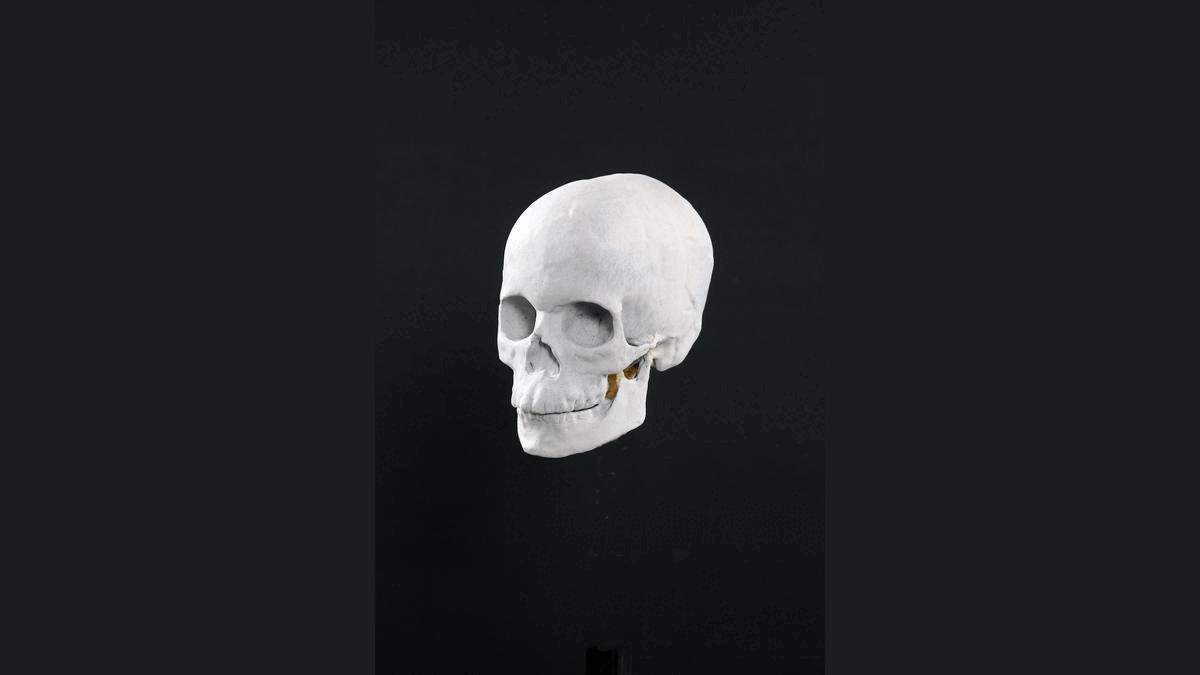
Stunning reconstruction reveals 'lonely boy' with deformed skull who died in cave in Norway 8,300 years ago
By Laura Geggel published
A new reconstruction of one of Norway's oldest known skeletons shows a teenager with an unusual skull who may have died alone in a cave.
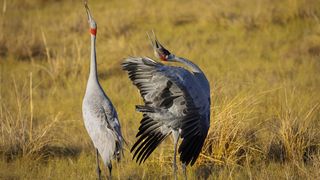
Strange love: 13 animals with truly weird courtship rituals
By Mindy Weisberger published
For Valentine's Day, Live Science gathers together some of the more extravagant and outlandish courtship rituals in the animal kingdom.
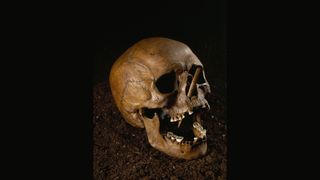
Who were Europe's 'bog bodies'? Deep look uncovers the secrets of this mysterious practice.
By Laura Geggel published
A deep dive into "bog bodies" reveals that this practice started in southern Scandinavia during the Neolithic and spread throughout Northern Europe.
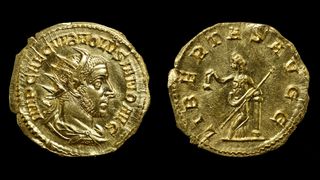
10 dazzling gold and silver treasures dug up in 2022
By Laura Geggel published
Here are 10 stunning gold and silver treasures, dating from millennia to centuries ago, that came to light in 2022.
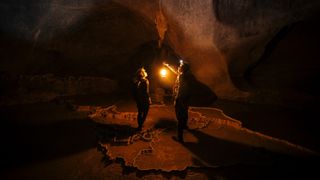
10 amazing things we learned about our human ancestors in 2022
By Laura Geggel published
From when our ancient relatives began walking on two feet to the first known medical amputation on Homo sapiens, here's what we learned in 2022 about our human ancestors.
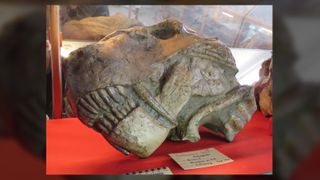
Monstrous 'gorgons' survived a mass extinction, but they were a 'dead clade walking'
By Laura Geggel published
About 90% of all species went extinct during the "Great Dying" around 252 million years ago, but in the case of one paleo-beast — the so-called gorgon — reports of its death were greatly exaggerated, new research finds.
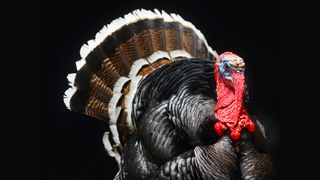
10 terrific turkey facts
By Remy Melina, Jeanna Bryner published
Turkeys can fly, blush and are distant relatives of Tyrannosaurus rex. Read on to learn more about these Thanksgiving divas.
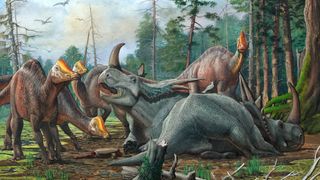
Teenage duck-billed dinosaurs struck out on their own, forming cliques
By Laura Geggel published
Juvenile duck-billed dinosaurs likely hung out in cliques, away from their original herd, an analysis of two bonebeds reveals.

Seasonal Affective Disorder: What are the symptoms?
By Laura Geggel published
REFERENCE Although seasonal affective disorder (SAD) can strike in summer, it’s most common throughout fall and winter — here are the symptoms to look out for.
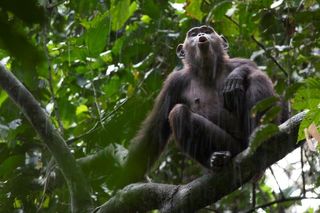
Chimps are naturally violent, study suggests
By Laura Geggel last updated
A new, 54-year study suggests coordinated aggression is innate to chimpanzees, and is not linked to human interference.
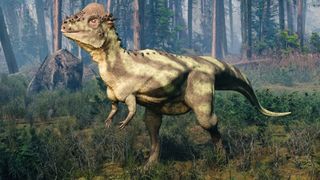
Helmet-headed dinosaurs kickboxed like kangaroos, new study suggests
By Laura Geggel last updated
Pachycephalosaurs probably didn't butt heads at high speeds. Instead, they likely kickboxed like kangaroos.
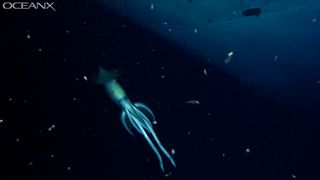
Giant purpleblack flying squid photobombs crew investigating shipwreck
By Laura Geggel last updated
A team mapping the seafloor in the northern Red Sea unexpectedly spotted a purpleback flying squid near a previously unknown shipwreck.

Why Are So Many People Dying on Mount Everest?
By Laura Geggel last updated
Massively long lines at Mount Everest's frigid summit may have contributed to the deaths of seven climbers this week.
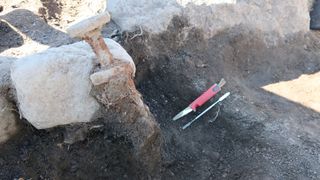
2 Viking swords buried upright might have connected the dead to Odin and Valhalla
By Laura Geggel published
Archaeologists in Sweden excavating a Viking grave field have uncovered two burials containing swords standing upright.

Woman Tried to Treat Athlete’s Foot with Raw Garlic. It Burned Through Her Toe.
By Laura Geggel last updated
A woman in England learned the hard way that it's not safe to treat a foot fungus infection by covering it with slices of raw garlic, according to a new report of the woman's case.

King Tut's Sisters Took the Throne Before He Did, Controversial Claim Says
By Laura Geggel last updated
Get the world’s most fascinating discoveries delivered straight to your inbox.
